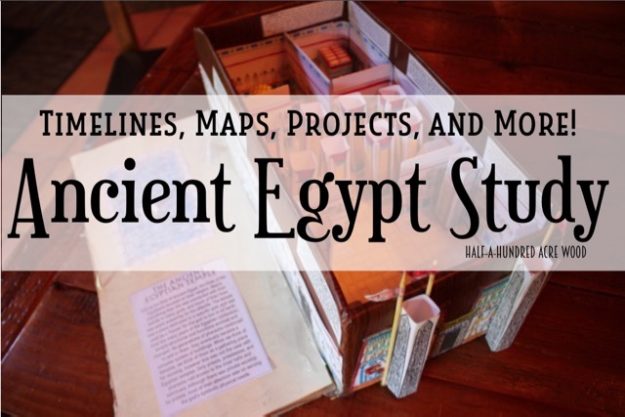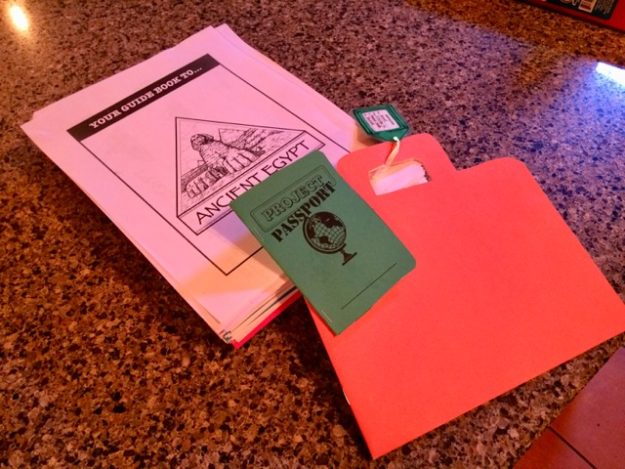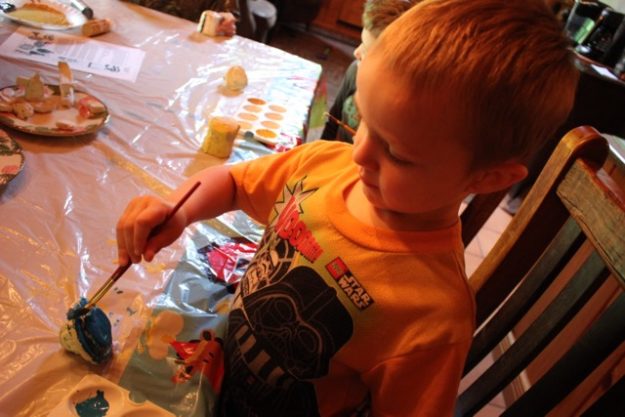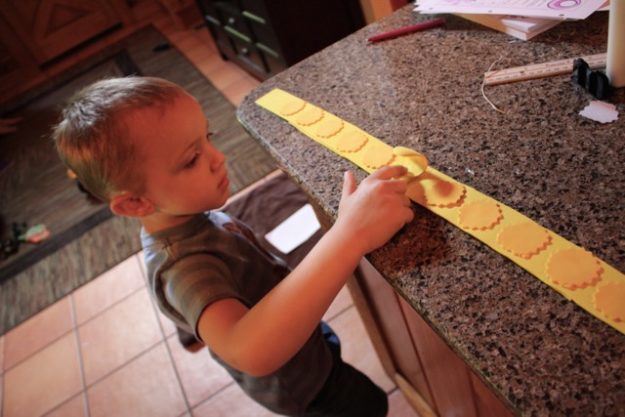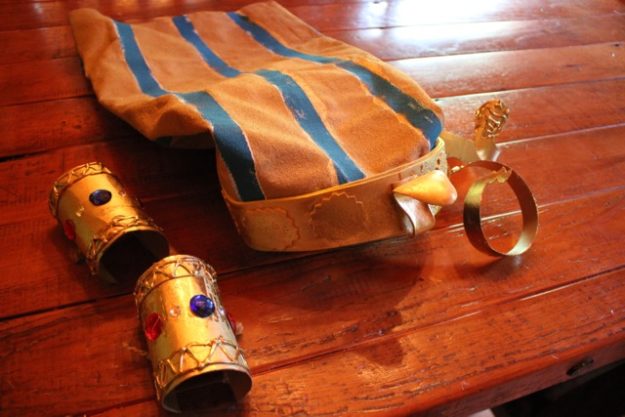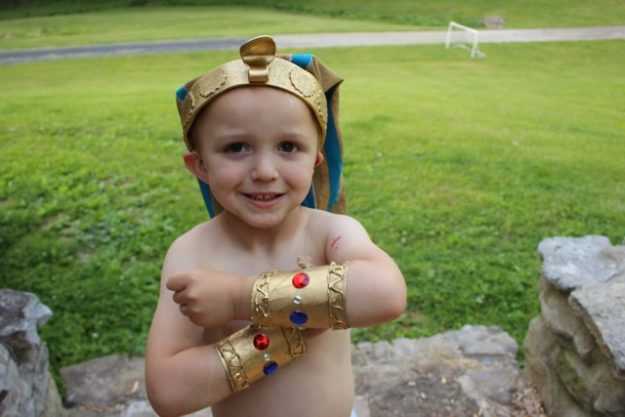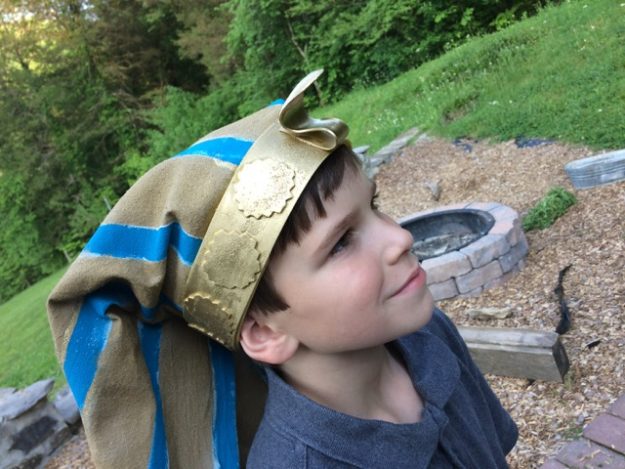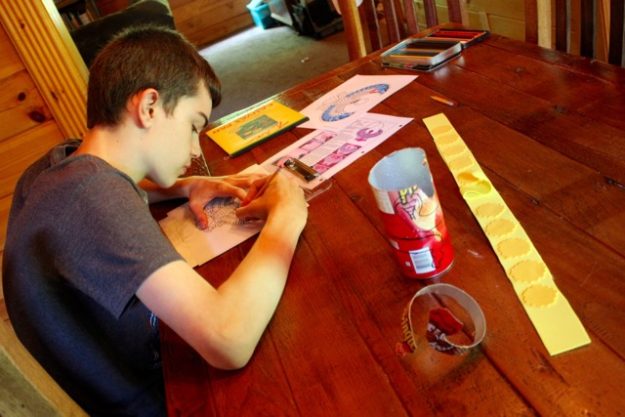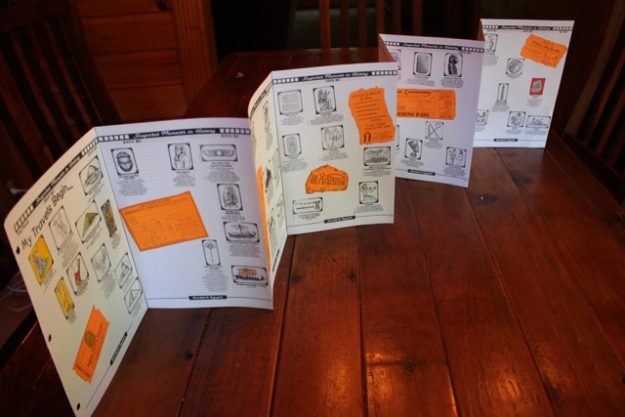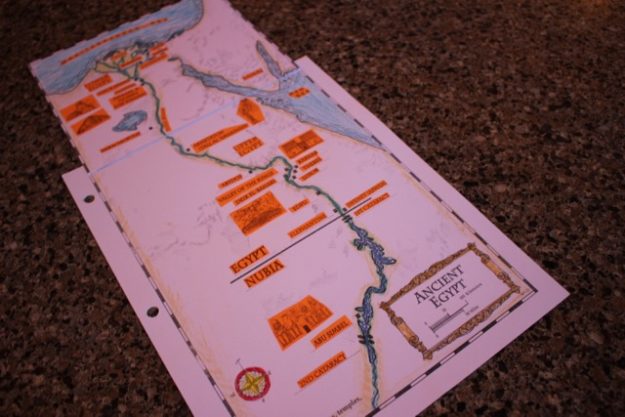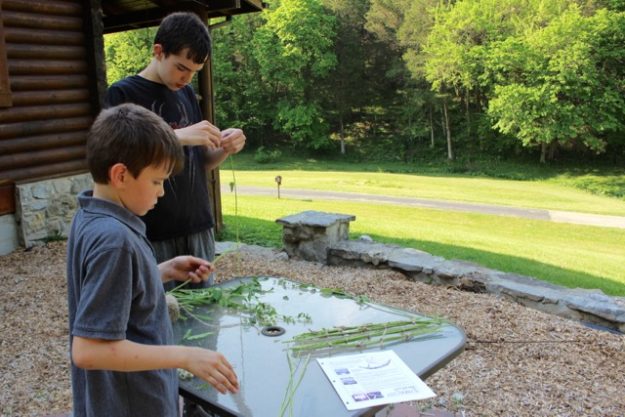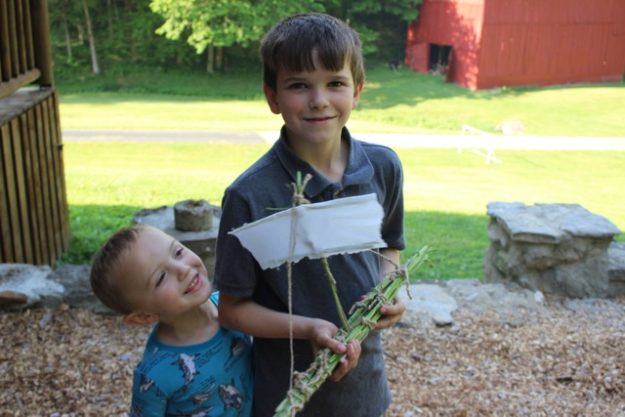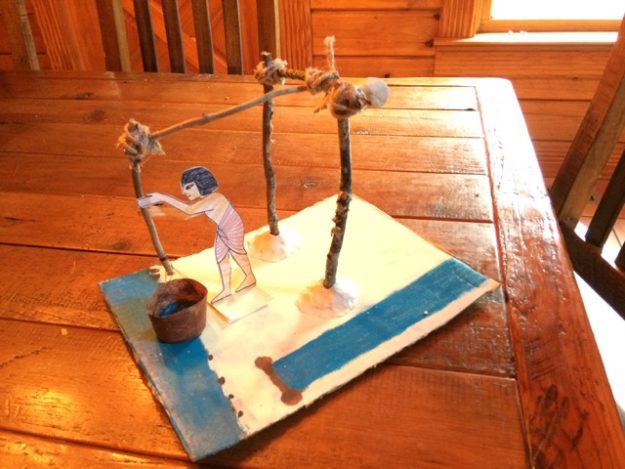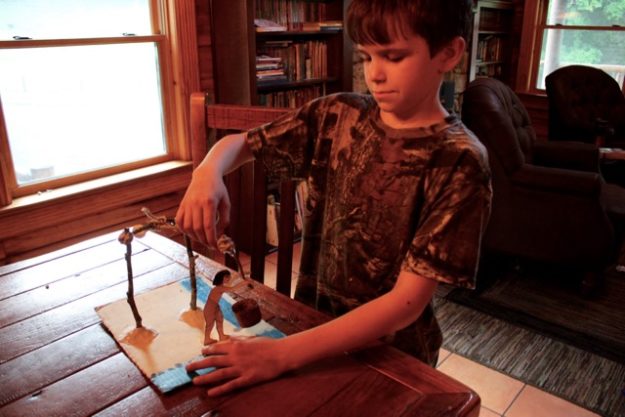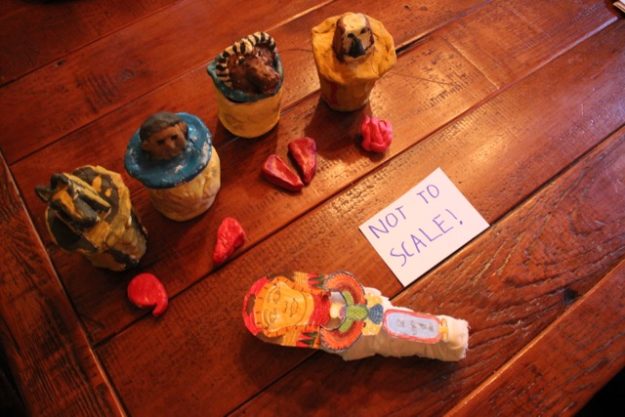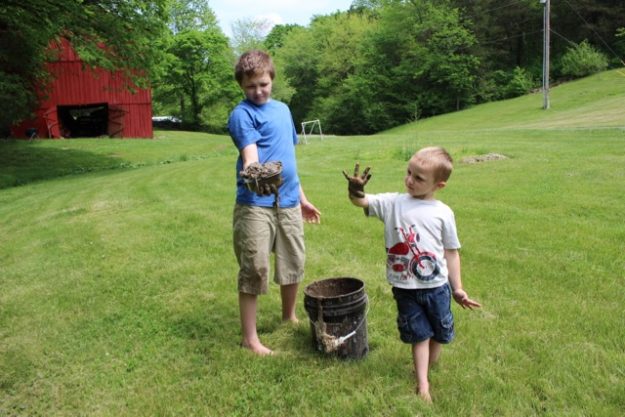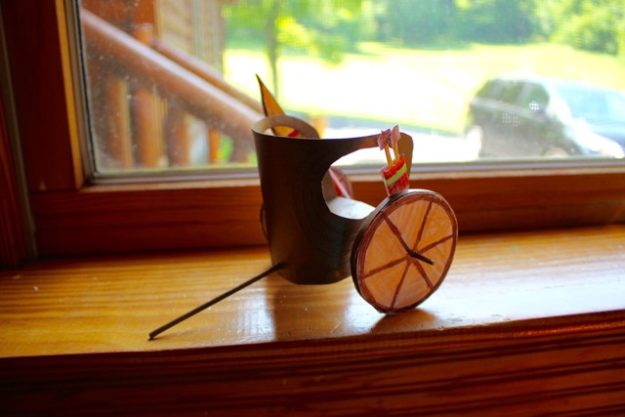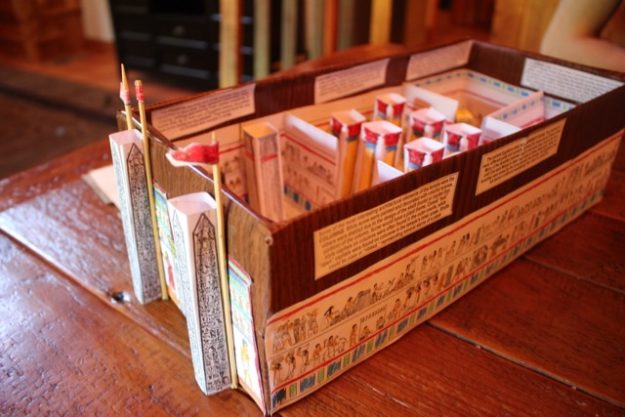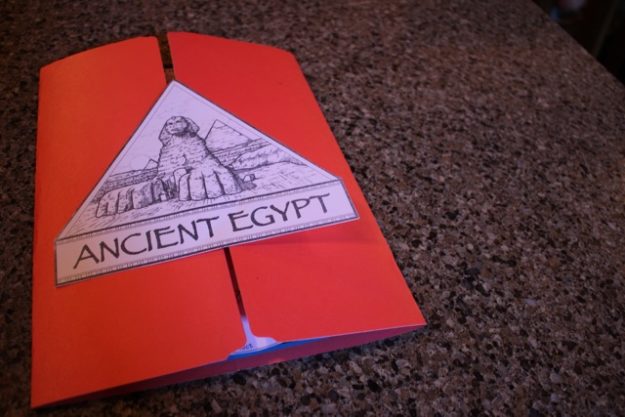[Abram] communicated to them Arithmetick; and delivered to them the science of Astronomy. For before Abram came into Egypt they were unacquainted with those parts of learning: for that science came from the Chaldeans into Egypt; and from thence to the Greeks also. – Flavius Josephus of the Antiquities of the Jews, Book I, Chapter 8
One of the greatest experiences I’ve gained as a homeschool parent is the opportunity to learn alongside my children. Countless times, we’ve unveiled mysteries that have shocked my thoughts into a state of absolute wonder. Take, for instance, the idea of Noah’s grandson, Mizraim, becoming the first king of the 1st Dynasty of Egypt. Back when our family memorized the Veritas Press timeline cards, we noted the “Unification of Upper and Lower Egypt by Pharoah Menes.” Fast forward a few years later, and we read that the historian Eusebius (Bishop of Caesarea in Palestine in the 4th century AD), identified Menes as Mizraim, Noah’s grandson. Not only that, but the present local name for Egypt, Misr, is derived from the name Mizraim.
…and then my mind blew up.
Really, it shouldn’t be surprising that Biblical history and secular history coincide, but my own education was so segmented that I considered the Biblical timeline as separate from the rest of history. Even after a decade of learning through homeschooling our own children, my mind still is overcoming a lifetime of segmented learning. But it’s all one story – His story. And this makes it such an adventure to embark on history studies as a family.
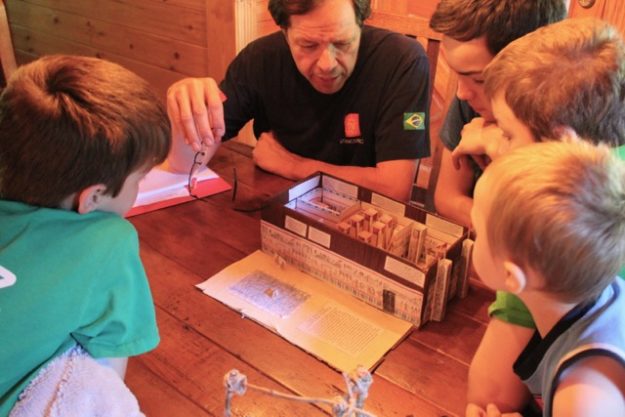
I received this product free for the purpose of reviewing it and was compensated for the time invested in writing this review. We do not recommend anything we don’t use and love in our own homeschool. Affiliate links are used in this post. Please read my full disclosure policy for more details.
To kick off our summer, we embarked on a journey to Ancient Egypt through the Ancient Egypt Project Passport, an integrated study that provides a glimpse of history (along with Biblical connections!) through reading, handicrafts, projects, and games.
Our youngest children loved this study because of the crafts and costumes…
…which of course provided the opportunity to dress up and act out various stories from the readings within the study.
And their eldest brother enjoyed helping to make the costumes for them.
And while the younger ones loved the arts and crafts, our older ones loved the discussions the study prompted. Because there are so many gaps in the historical account, Ancient Egyptian history leaves much for speculation. For me, this is one of the most fascinating aspects of studying Ancient Egypt. There are connections we already make based on Biblical accounts (Joseph as grand vizier, Hebrew slavery, the plagues and Exodus). Then there are the connections we uncover as we study the ancient civilization itself. A study of Ancient Egypt caused us to ponder questions such as…
Could our classical studies (as modeled after the Ancient Greeks) actually find their roots in the Abraham of the Bible?
In short, this makes for an incredible history study for families who have young children all the way through high school.
The Ancient Egypt Project Passport Study
The Ancient Egypt Project Passport study includes a chronological history of the pharaohs, from its beginnings under the legendary pharaoh Menes to its conquest by the Greeks and Romans. Directions and project masters for over 50 projects and activities are included for topics such as: everyday life, agriculture, trade, education, writing, the sciences, the arts, great builders and their architecture, religion, medicine, government, the dynasties & kingdoms, invasions & battles, famous pharaohs, Egyptian and Biblical history, and archaeology. (Download a sample lesson from the Ancient Egypt Project Passport.) The study includes a Guide Book Text to read about each topic/person/event, along with eight Dramatized Audio Tours that take students on a boat trip up the Nile River into an embalmer’s workshop, around a pyramid under construction, into Goshen during the Exodus, and into the presence of Akhenaton for an interview. (Click to download the free Dramatized Audio Tour Sample.) This Audio Tour was a favorite part of our study of Ancient Egypt!
Now let’s take a closer look at some of the highlights, such as the Ancient Egypt Timeline, which is always one of my favorite aspects of a Homeschool in the Woods project.
The timeline is one of the most helpful tools for keeping track of all the historical tidbits and to see how events and people relate to one another. (We love keeping a timeline!) Along with timeline, the maps are another essential part of our study of history.
It’s especially important for Egypt because Upper Egypt is beneath Lower Egypt!
In addition to detailed instructions for making costumes, other projects provided an opportunity for experimenting with the science behind the history. For example, the boys built and tested a reed weed boat. (We were fresh out of reeds around here, but weeds? We’ve got some of those!)
This was followed by multiple test runs in the creek, with additional modifications with each subsequent test. He was definitely using the scientific method as he hypothesized and tested and hypothesized and tested… until the poor little weed boat collapsed.
Then there was the shaduf. This little model helped to explain a method of irrigation that was otherwise illusive for us to understand.
We also discovered the importance of scale models when we constructed a mummy that was too small for its intestines.
And there was some delightful fabrication of and experimentation with mud bricks.
There were other crafts, such as making a Hyksos chariot, papyrus paper, an Egyptian temple, Egyptian artifacts, and a cartouche.
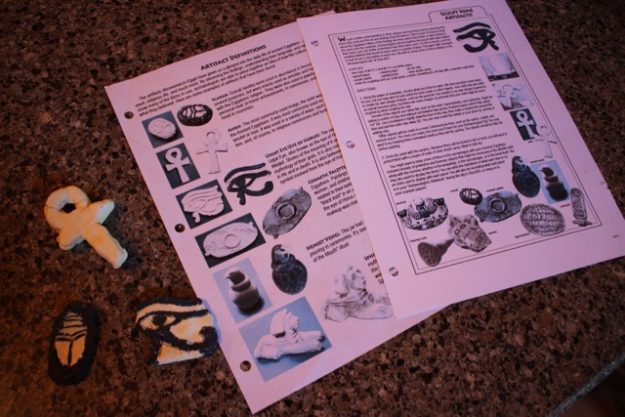
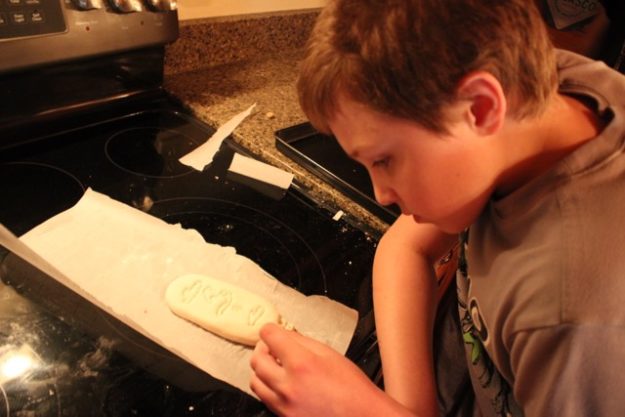
In fact, the boys learned about the Rosetta Stone and tried their hand at their own hieroglyphics, as well as some Ancient Egyptian drawing, measurement, and numeration.
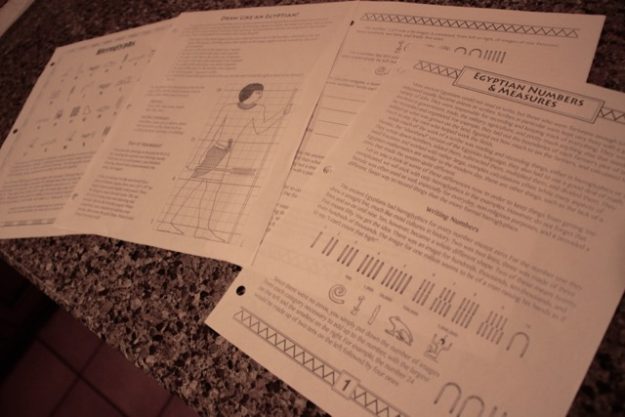
There were several notebooking projects…

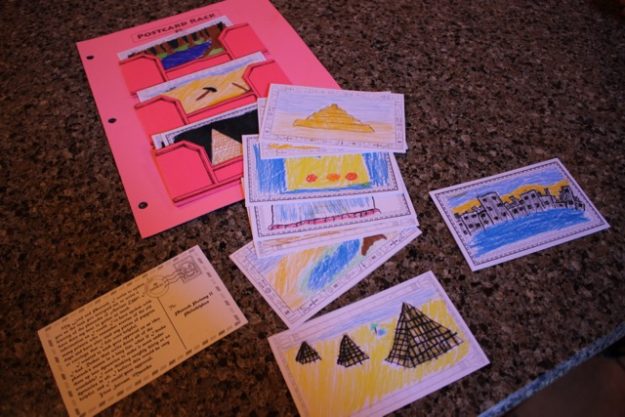
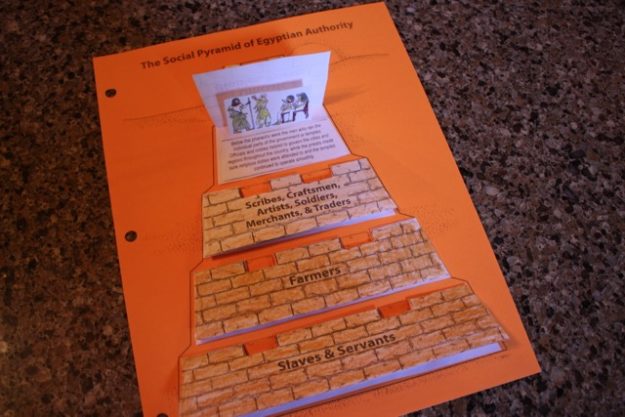
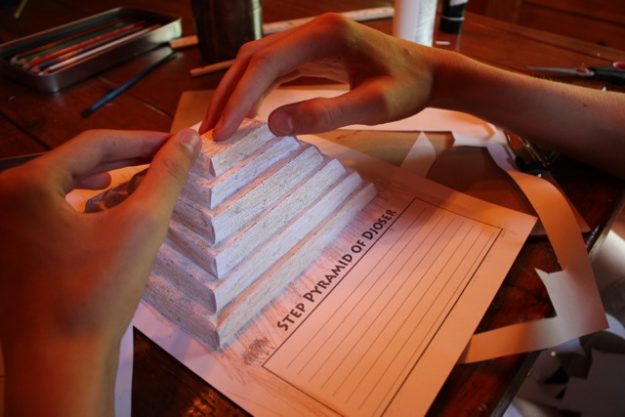
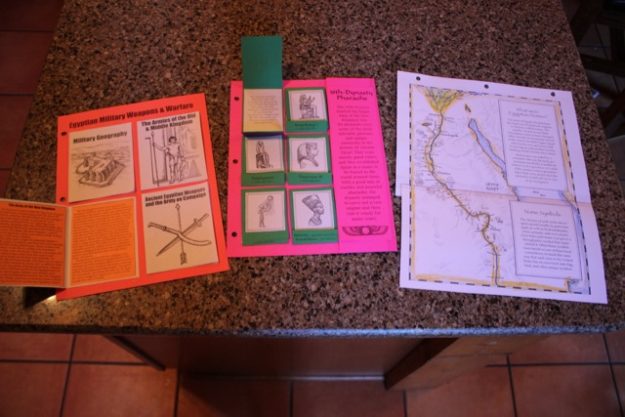
…one of which provided a fascinating chronology comparison.
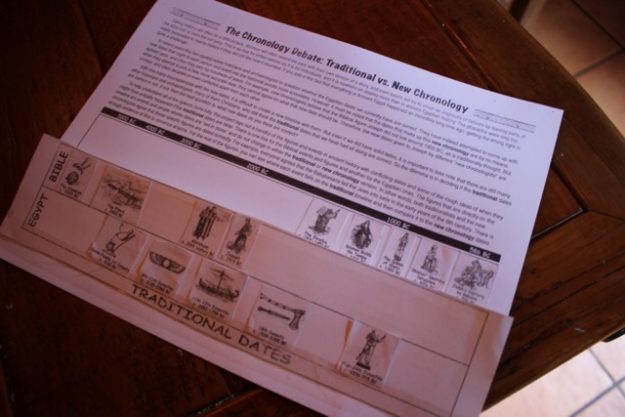
Some of the notebooking pages were compiled into a lapbook as a small portfolio of learning.
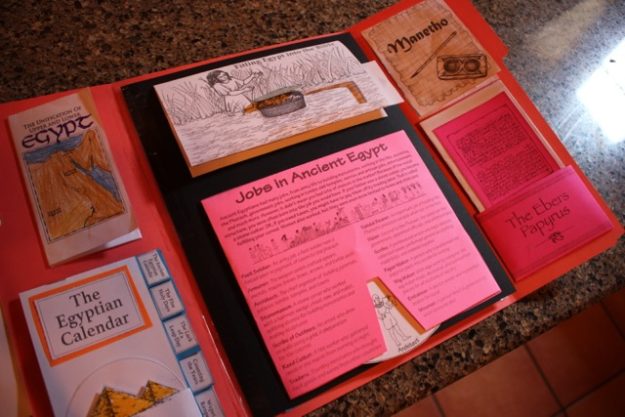
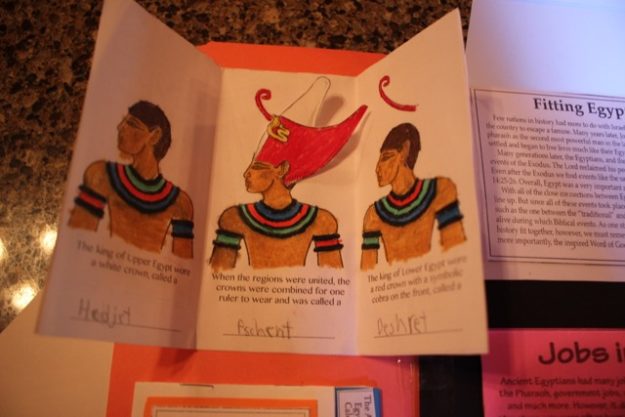
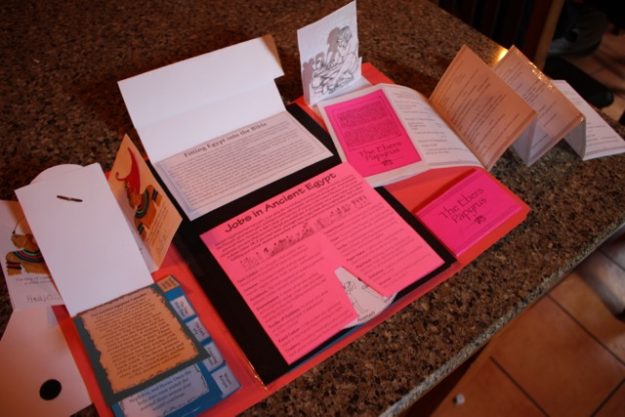
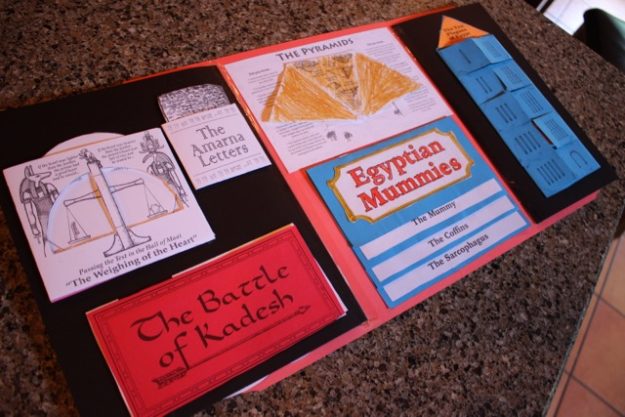
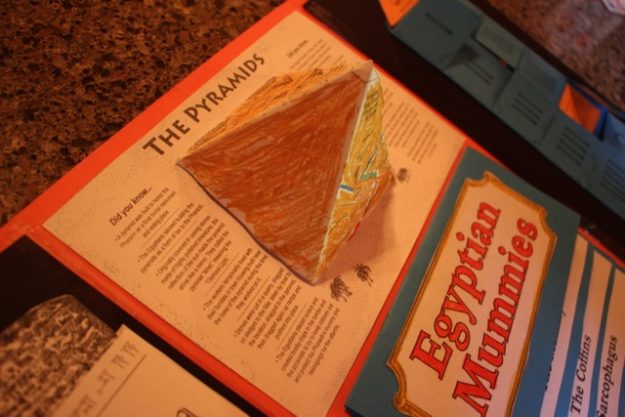
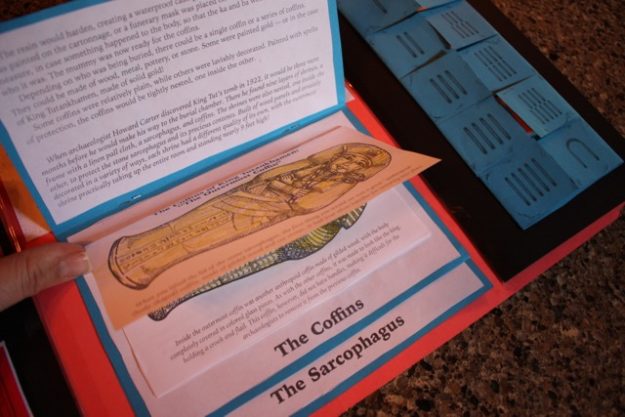
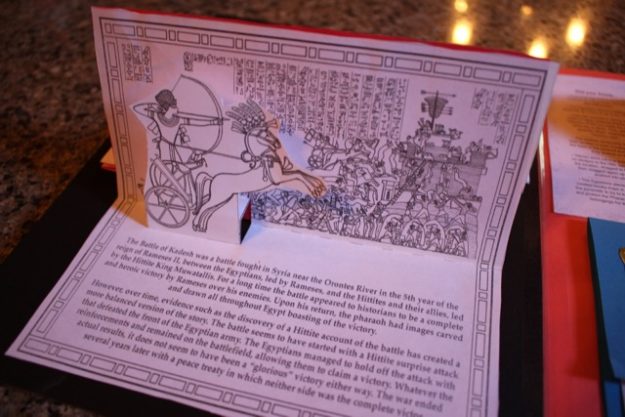
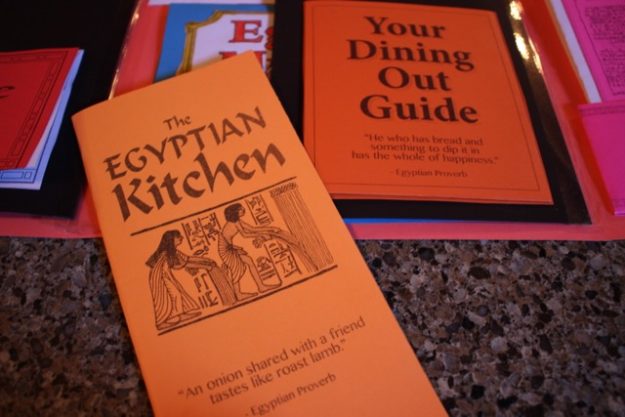
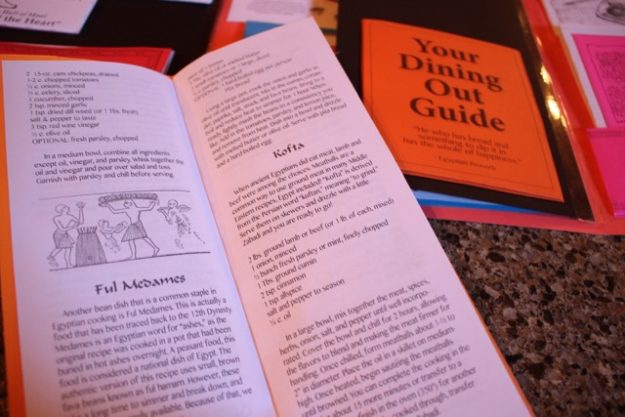
And another favorite of our family are the games (in this case, The Tomb Dash game) which encourage review of all that we’ve learned.
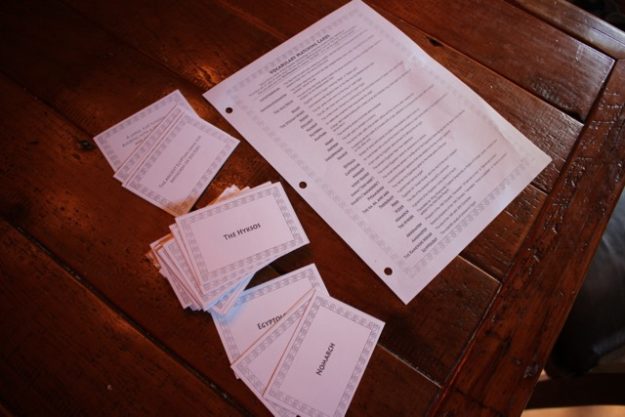
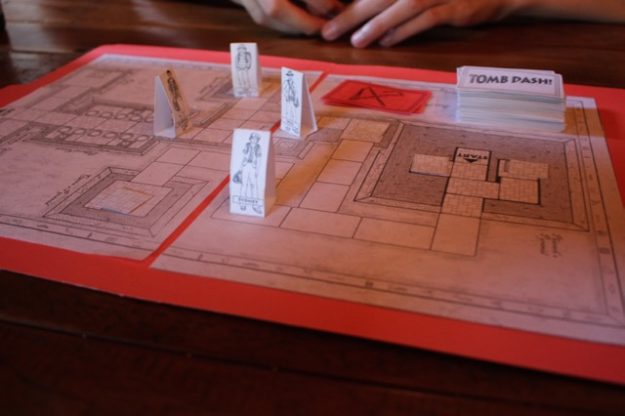
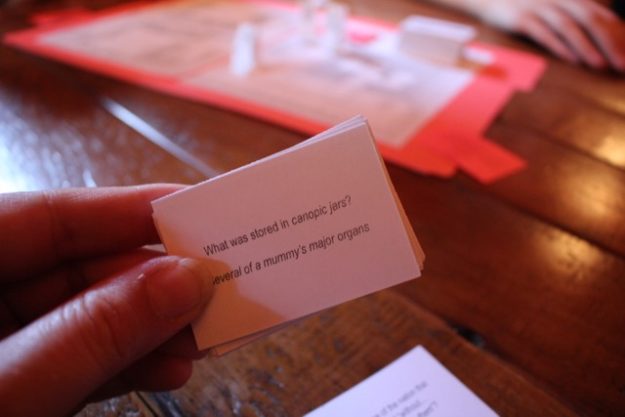
We even enjoyed playing a game that was played by Ancient Egyptians. (Actually, historians aren’t certain how the game of Senet was played, but they’ve come up with a way it may have been played. It was fun!)
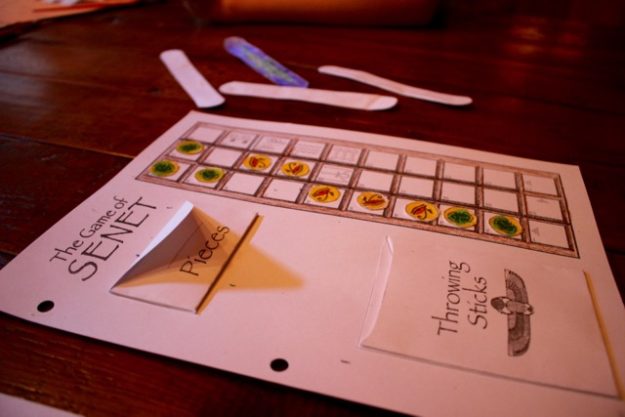
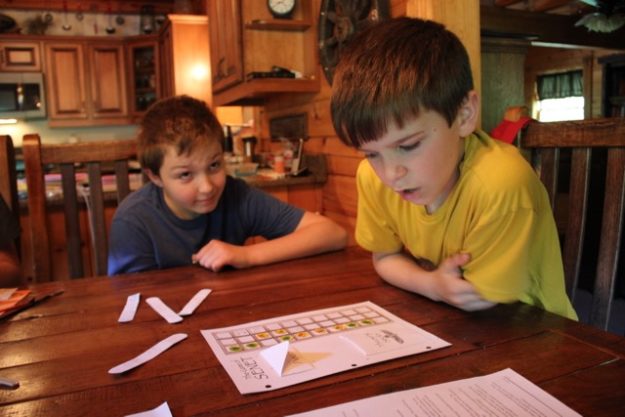
This was such an involved study! There’s still several parts I haven’t mentioned! You can download the entire scope & sequence of this study here at the Homeschool in the Woods website.
How to implement
This study offers a feast of hands-on projects and activities for studying Ancient Egypt, divided into 25 “stops” with “itineraries” that provide detailed instructions on how to complete each project or activity. Just as you would not eat everything at the all-you-can-eat-buffet, most families would opt to only complete a portion of the activities depending on their interests. Although we completed almost all the projects in this study in about 4 weeks, we’d recommend spreading them out across a 12- to 24-week time period (especially if you are in the midst of your regular school year), depending on how much time you want to spend each week. With the readings, audios, notebooking activities, and projects, each stop can take 1-2 hours to complete, with some activities (e.g., the Egyptian temple) taking additional time for completion. (Each stop may be divided into multiple days, which is best for young children to keep the lessons short & sweet!) If you don’t have time for the entire program, the following projects are offered separately:
- Ancient Egypt Timeline
- The Tomb Dash File Folder Game
- The Kemet Chronicle Creative Writing Newspaper
These projects require involvement from an adult, the first task of which would be to print the project packet because it is only available as a PDF. (I’m still hoping that some day Homeschool in the Woods will offer a print version for convenience.) Middle school children should be able to complete most of the projects on their own once the projects are printed out.
Although suggested for grades 3 to 8, this hands-on history study included activities that everyone in our family enjoyed – from our 3-year-old to our 15-year-old. We suggest waiting until your oldest is at least in Grade 3 or higher before embarking on this study. Even then, there will probably be projects or readings you may need to set aside for when you return to a study of ancient civilizations at later date – if you cycle through history as most curriculum companies suggest.
We really enjoyed this study of Ancient Egypt! If you’re looking for a single resource that will provide a reading text, audio dramas, notebooking, projects, art, handicrafts, timelines, maps, Bible study, and creative writing prompts related to Ancient Egypt, we highly recommend this study!
Recommended Reading & Reference:
- Unwrapping the Pharaohs (History reading + DVD. Fascinating reference!)
- The 5,000-Year-Old Puzzle: Solving a Mystery of Ancient Egypt (picture book)
- What Are the Great Pyramids? or Who Was King Tut? (Read aloud for younger children or independent reading)
- The Golden Goblet (Family read aloud)
- The Cat of Bubastes (Family read aloud for older children; Free on kindle)
- The Antiquities of the Jews by Josephus (Link to free web version)
Other Hands-On Studies of the Ancient World:
- Exploring Ancient Greece: Timelines, Maps, Projects, and More!
- Exploring Ancient Rome Study: Timelines, Maps, Projects, and Games
- Old Testament Hands-On Study
- Wonders of the World
- Studying History through the Ages – Timeline Notebook
- Byzantine Empire & Paul’s Missionary Journeys
- New Testament Hands-On History
This post was originally published in Summer 2018.

